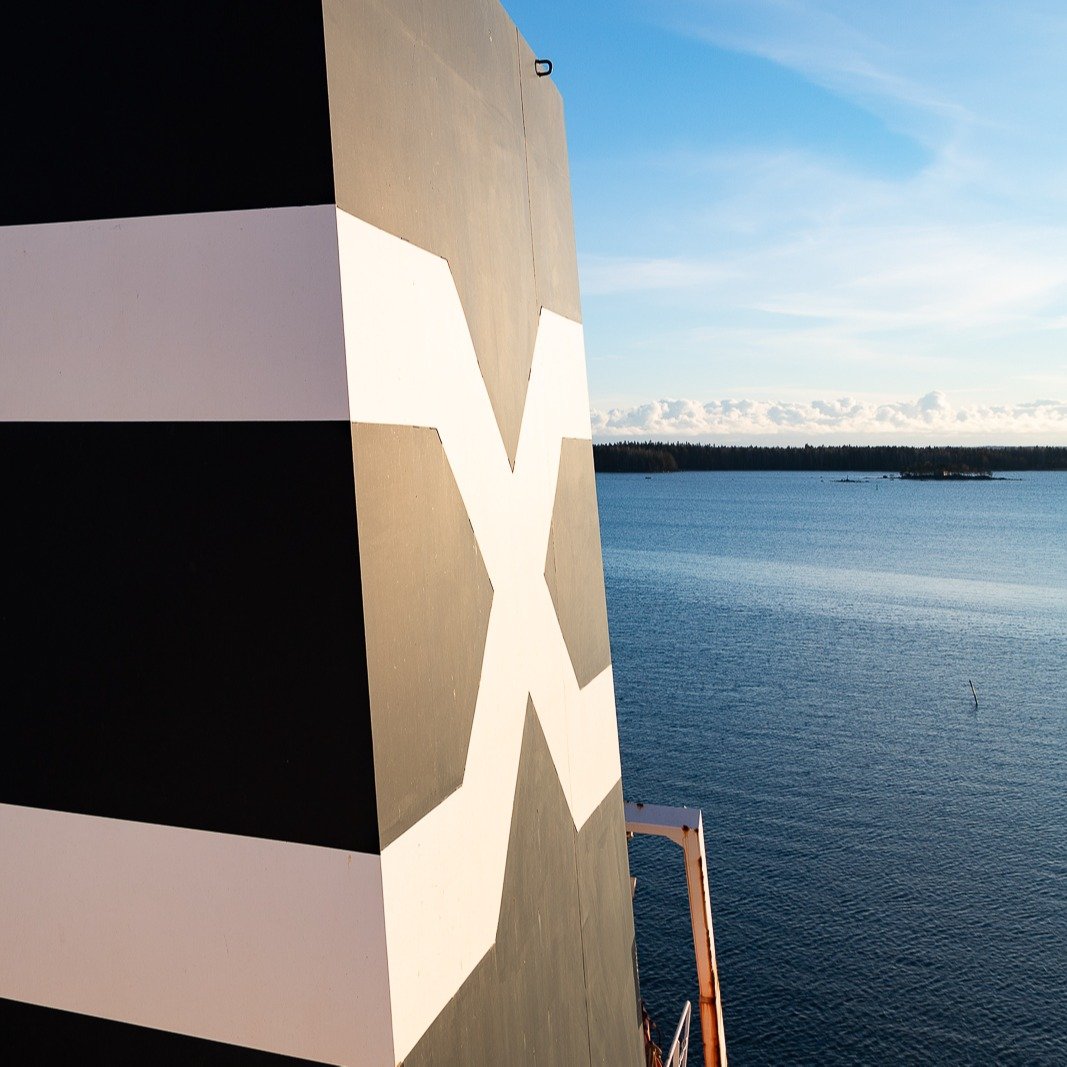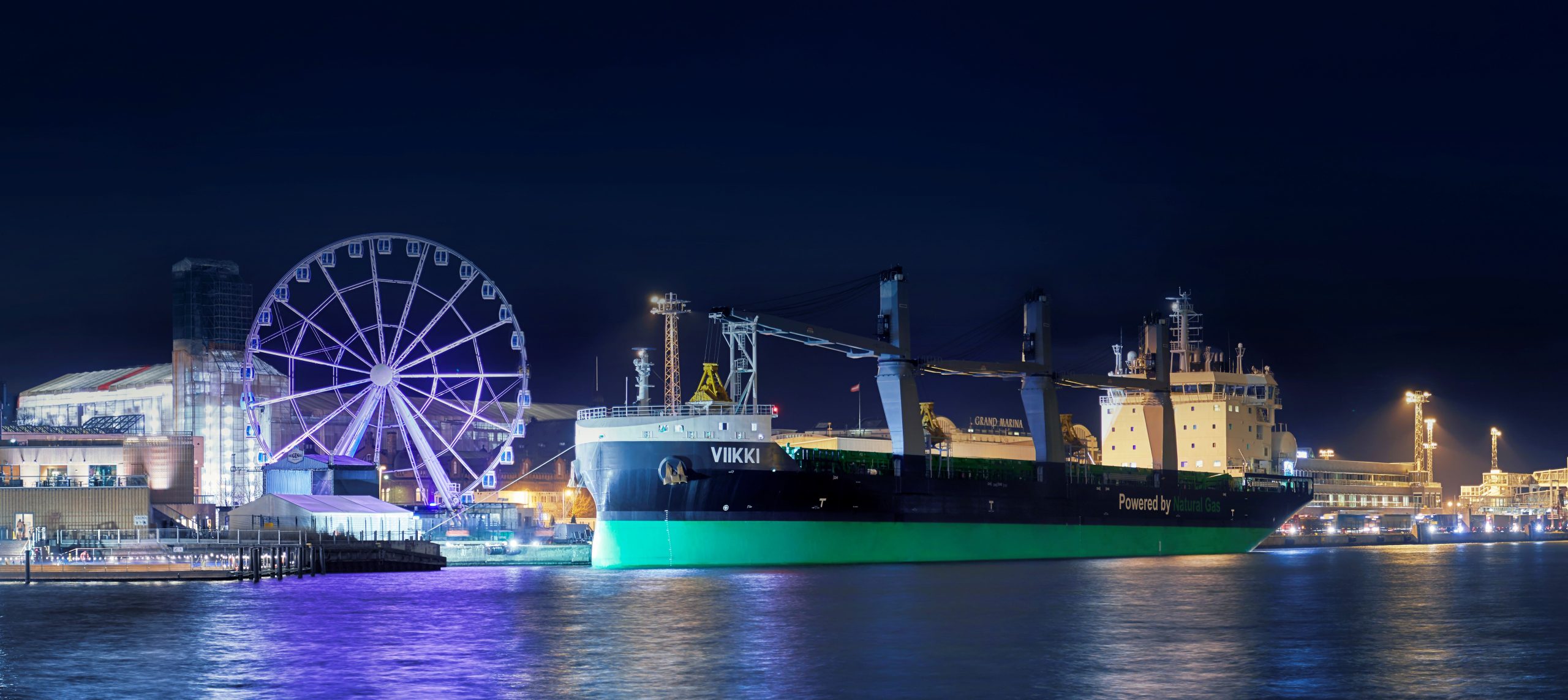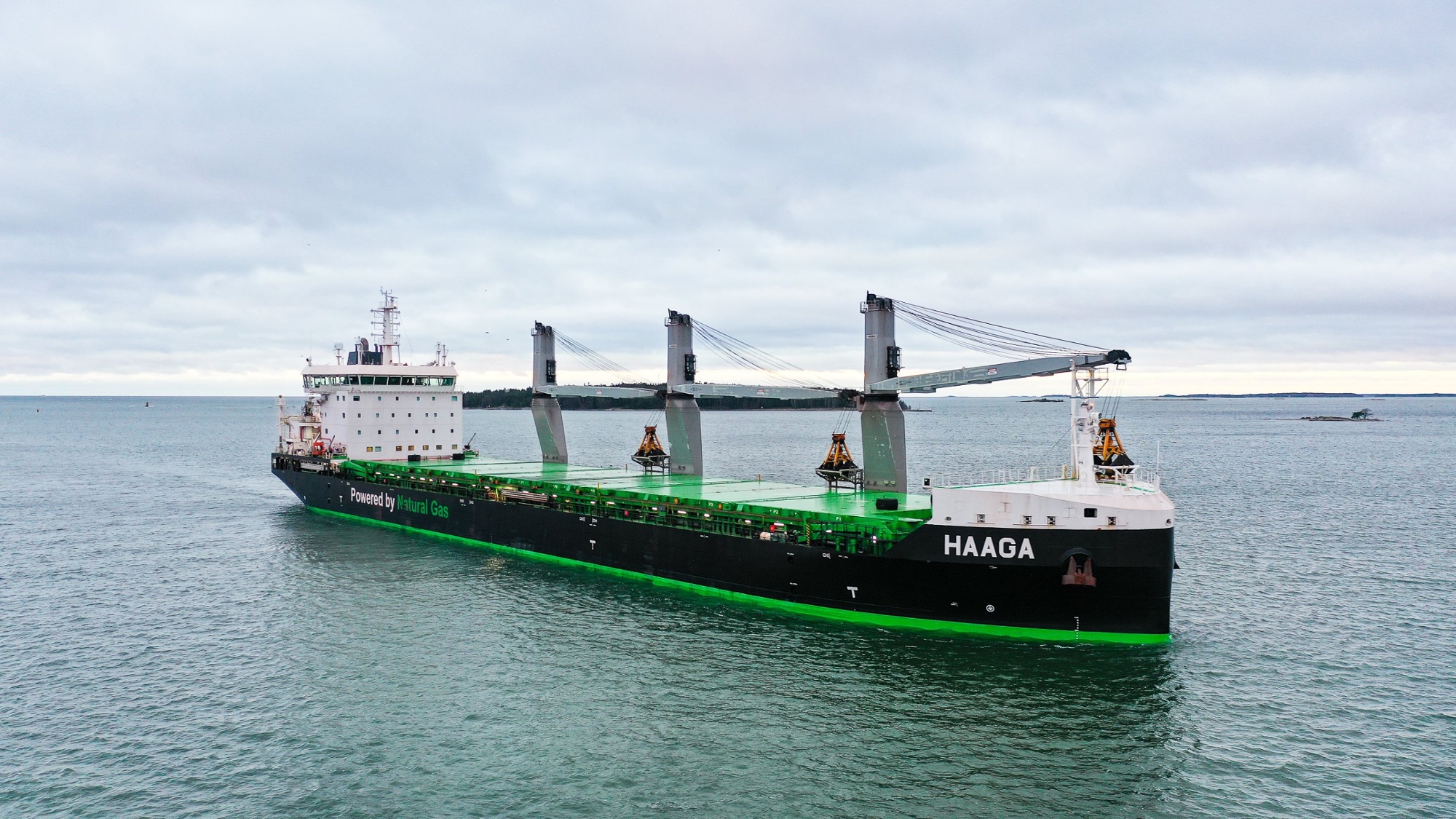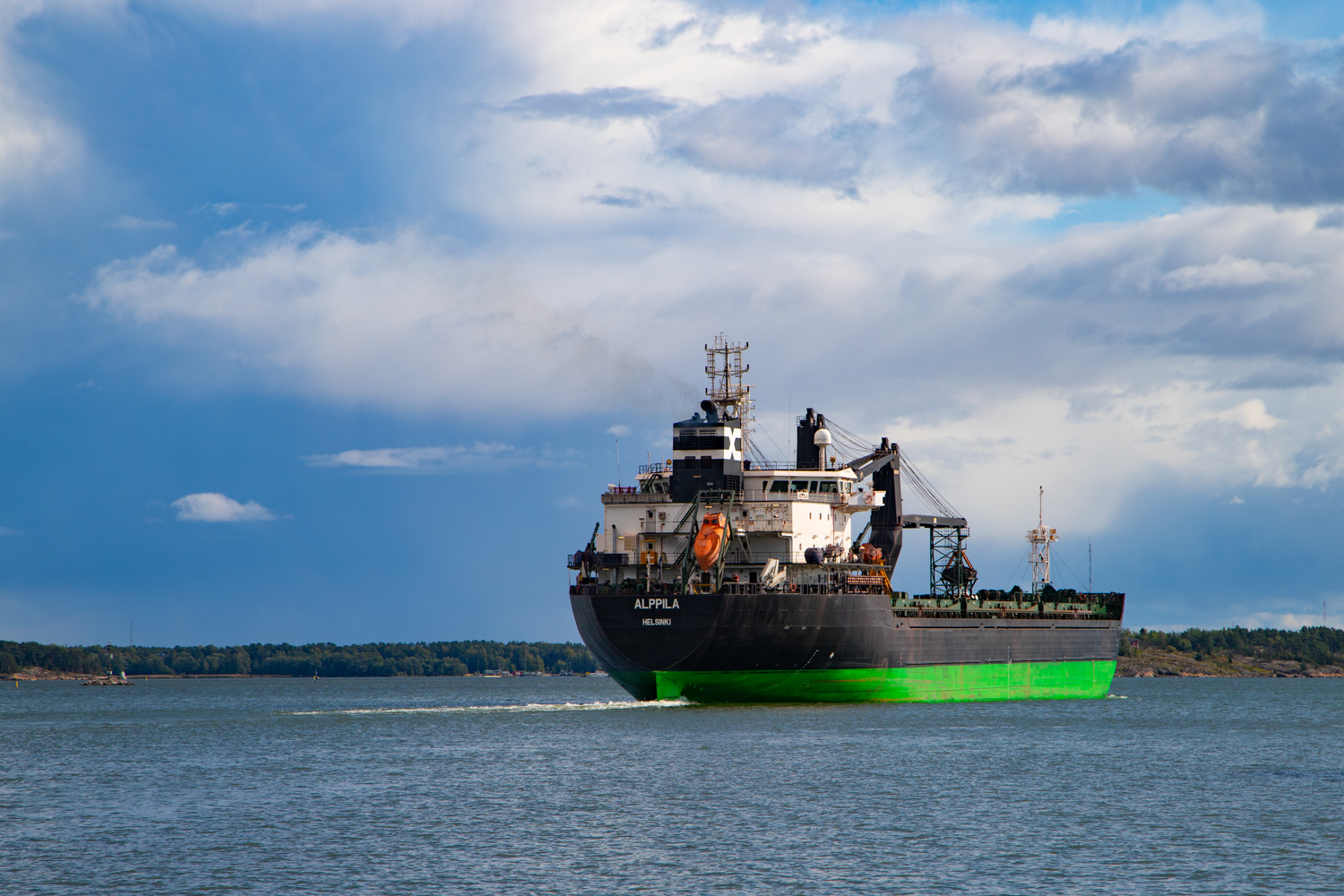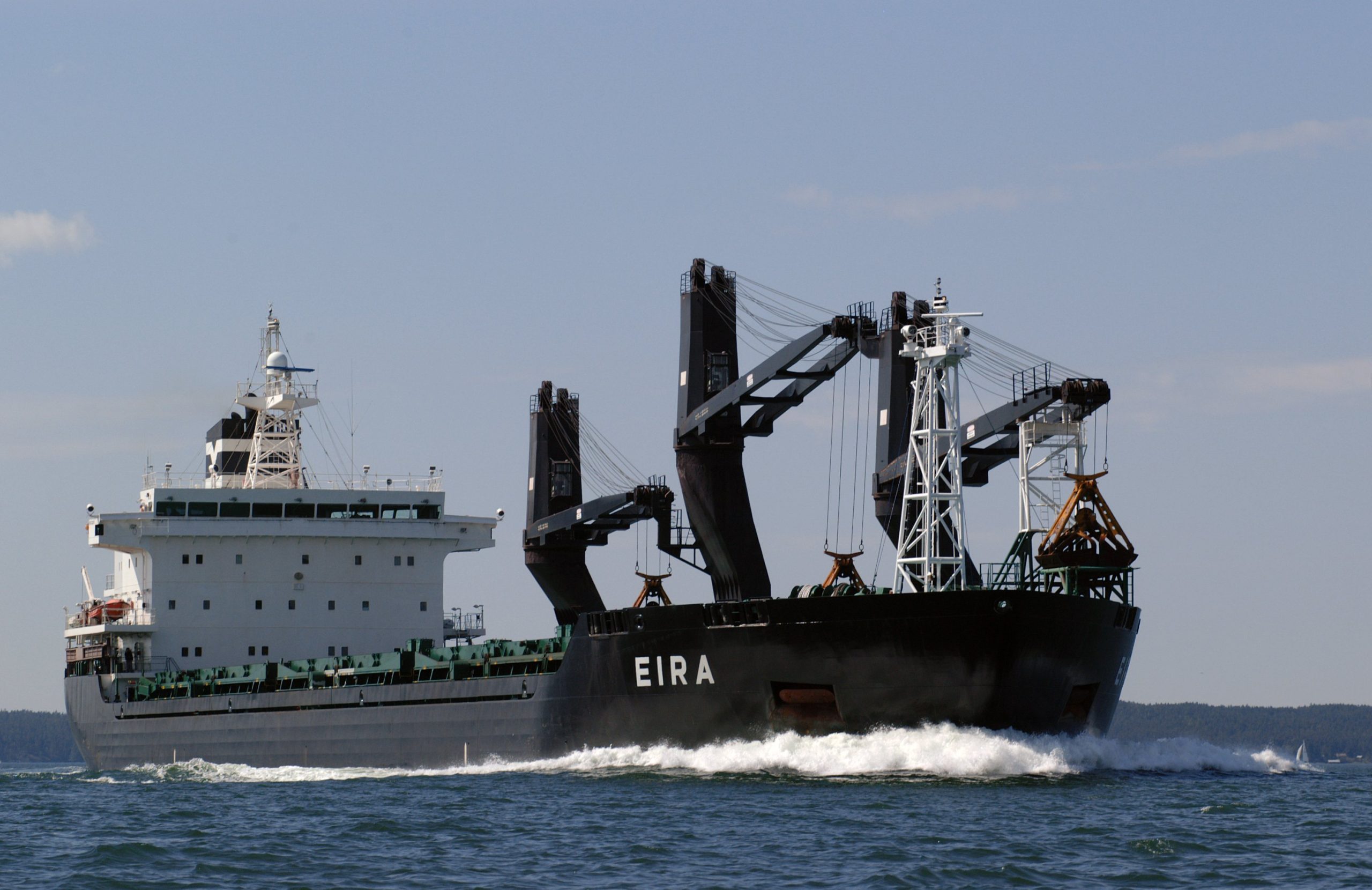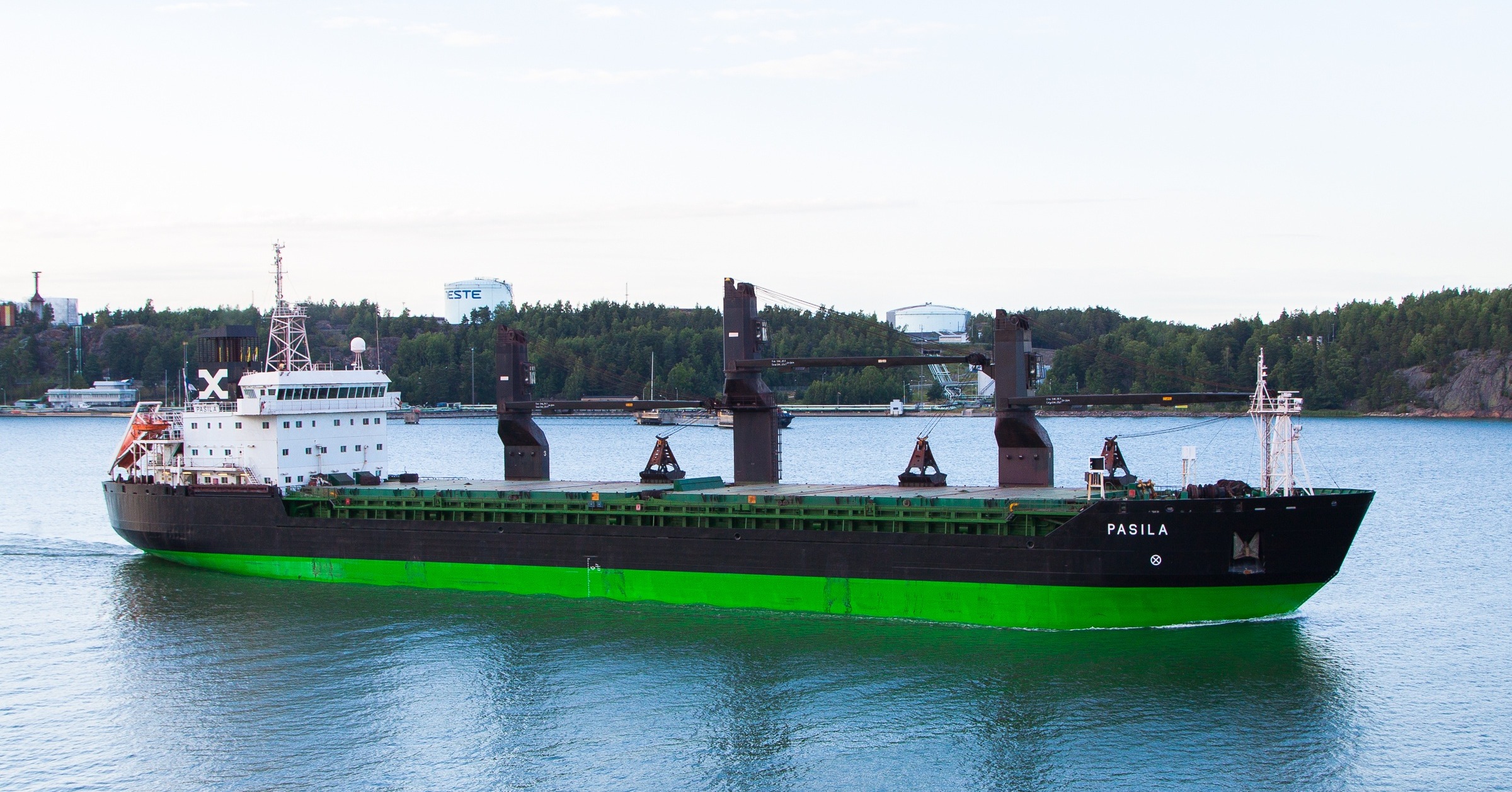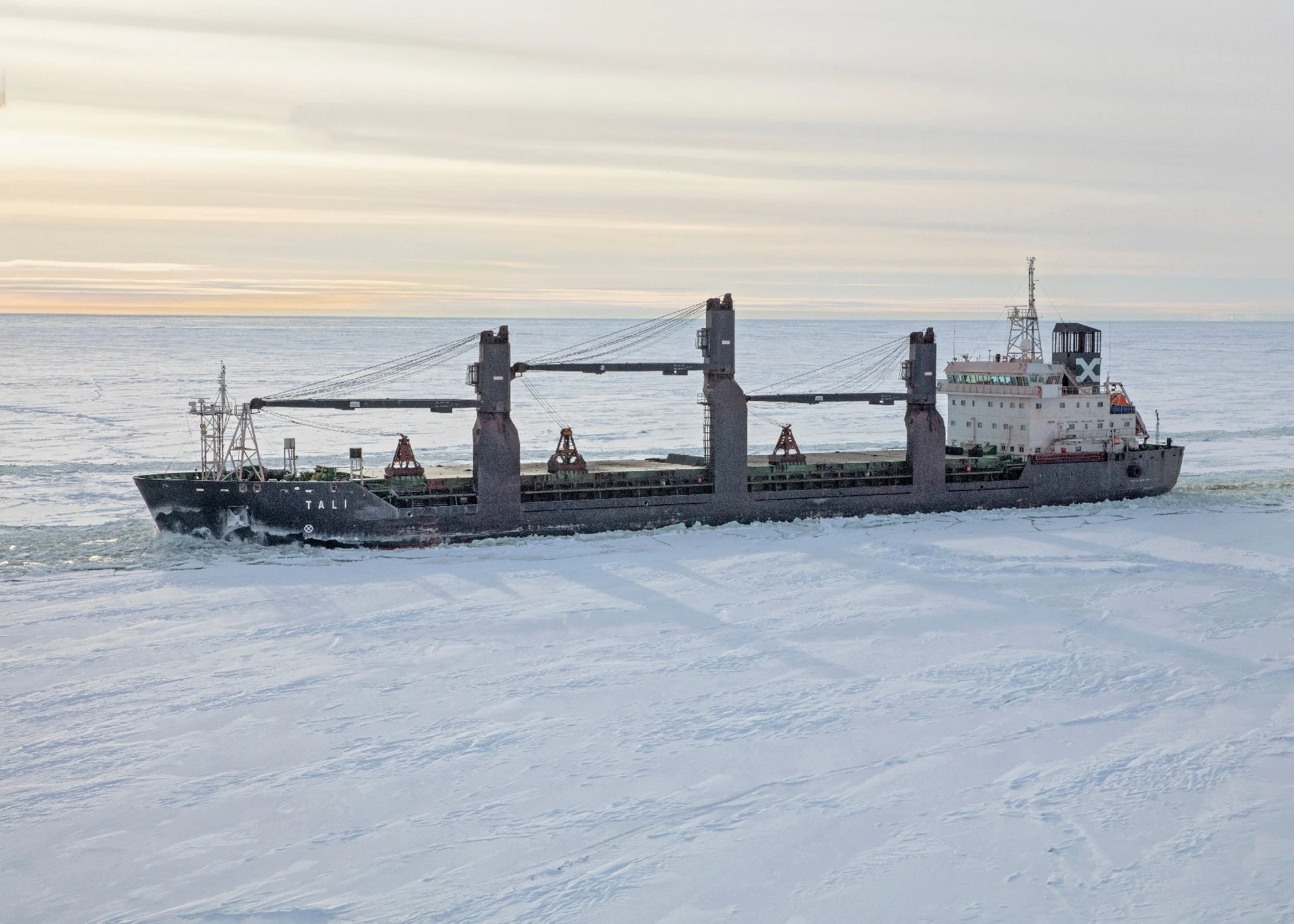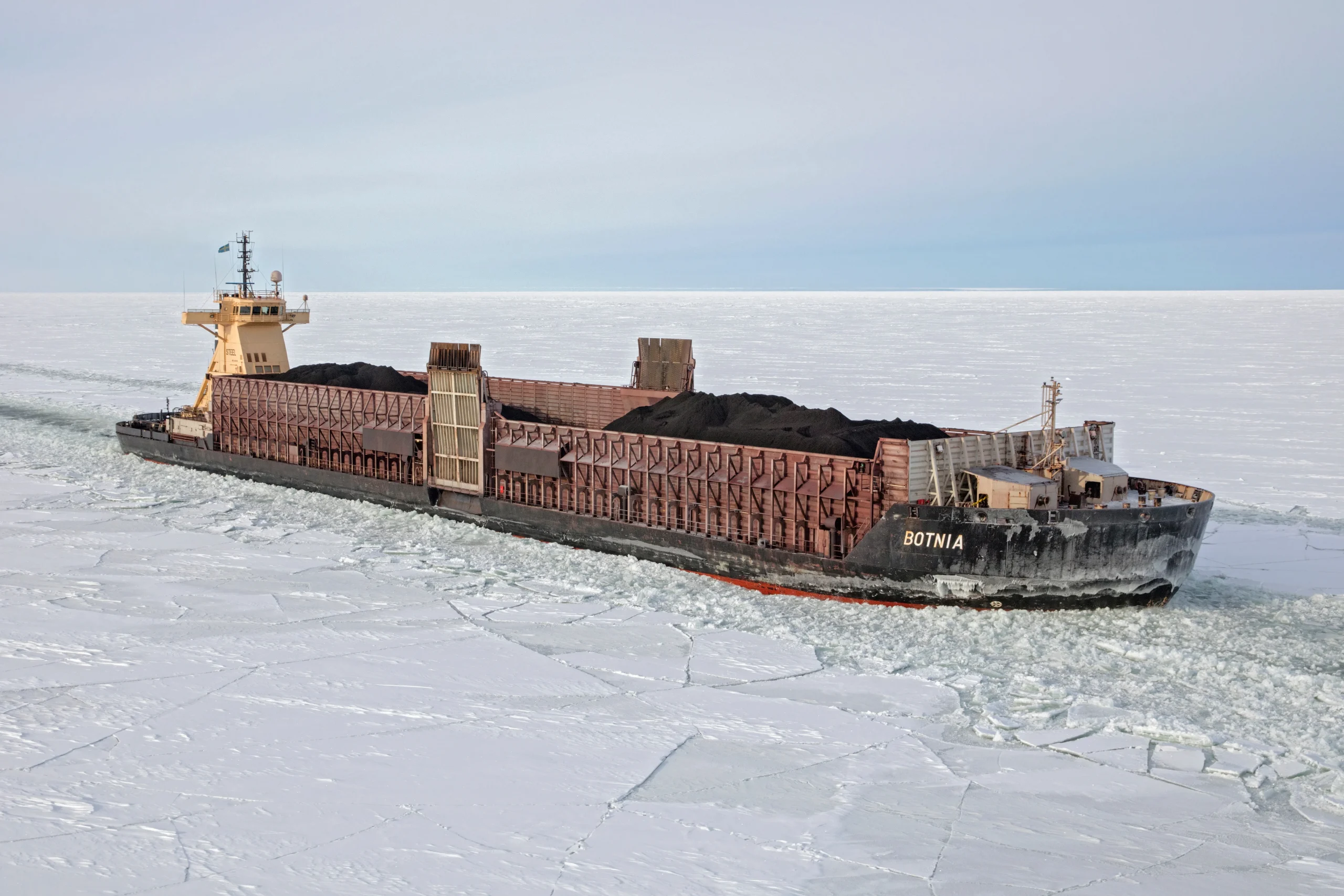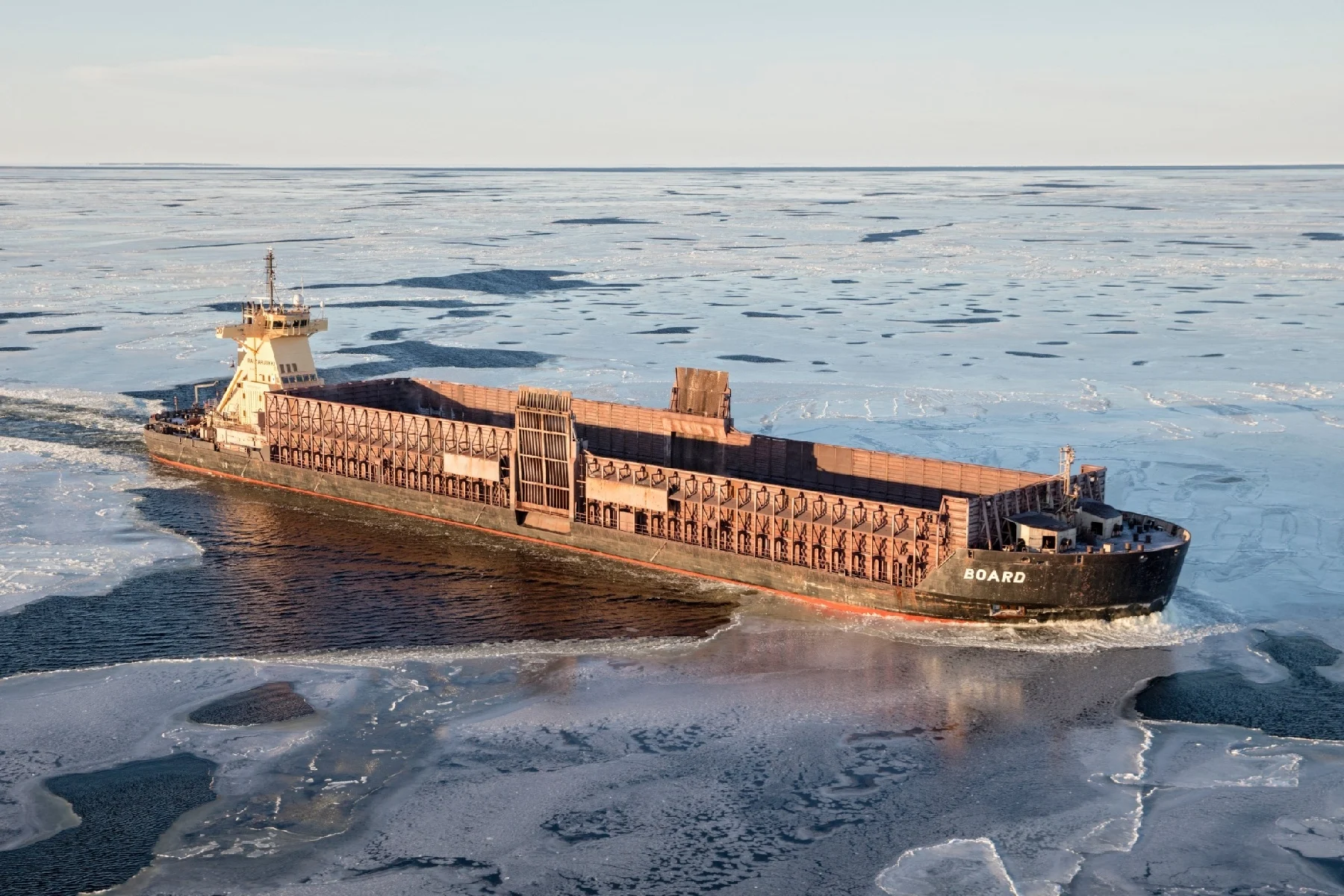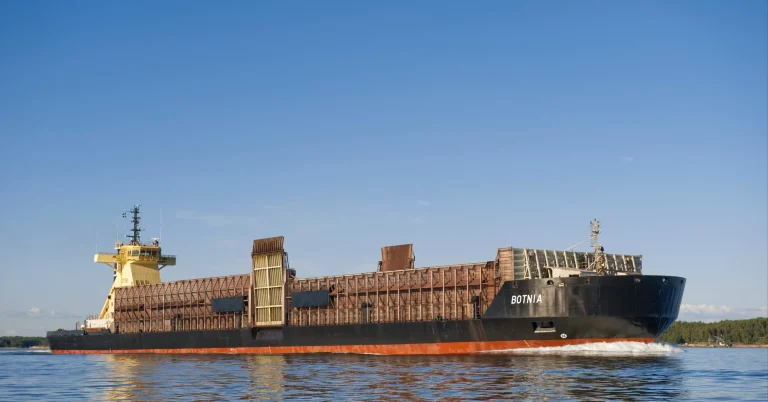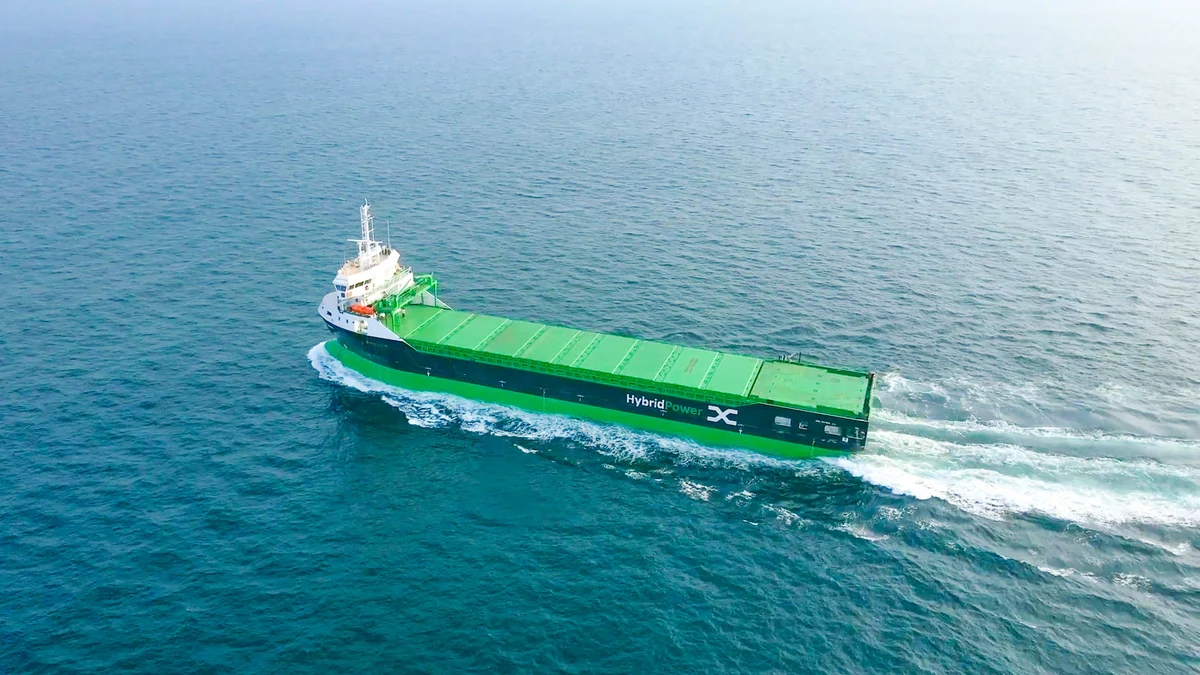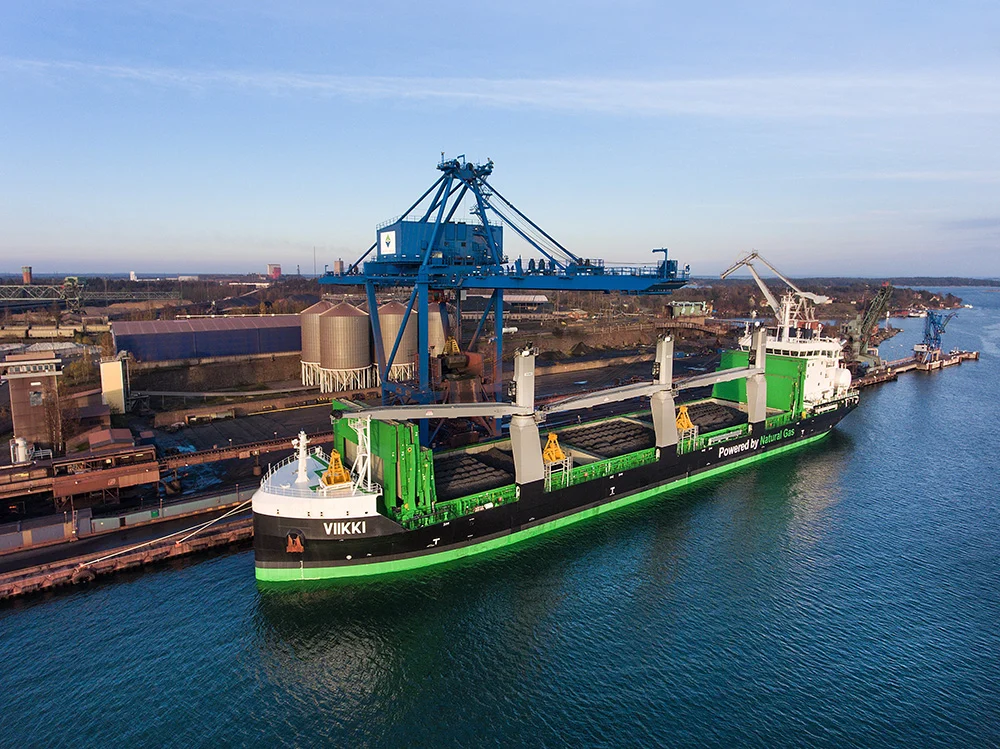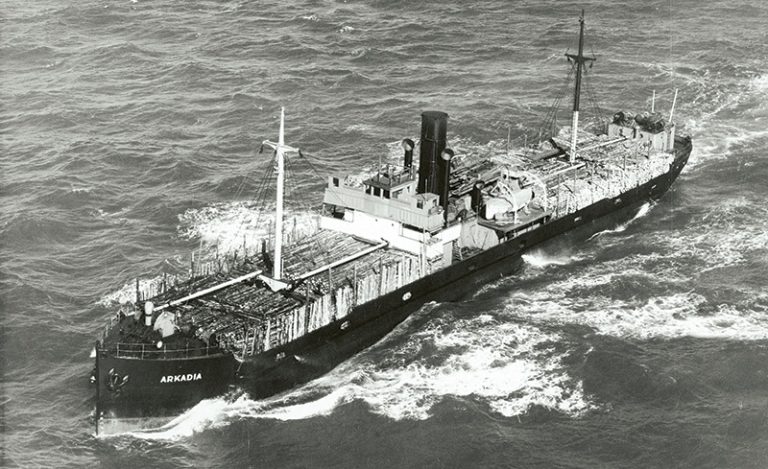
Our History
The foundation for Baltic Scandinavian was laid in the summer of 1949, when Polttoaine Osuuskunta, the predecessor of today’s Aspo Plc, purchased its first vessel, *Arkadia*, for a part-owned company called Laivanisännistöyhtiö Arkadia. Polttoaine Osuuskunta was originally a cooperative established by housing companies in Helsinki to purchase coal and coke for central heating systems in apartment buildings. Given its substantial imports of coal and coke, Polttoaine Osuuskunta saw the financial benefits of operating its own vessel. The acquisition of *Arkadia* was a success, and in 1950, a second vessel was acquired, leading to the establishment of a new subsidiary, Etelä-Suomen Laiva Oy, to handle shipping operations. The company soon expanded to offer sea transport services to other businesses. Some of our longest-standing customer relationships began in those early years. These partnerships were strengthened further in the 1960s through numerous long-term freight agreements. By that time, the energy sector had become one of our major clients, and we were also transporting raw materials for the steel industry. As our customers grew, so did we, with the Baltic Sea becoming our core market.

